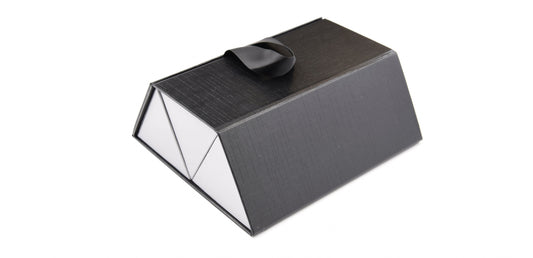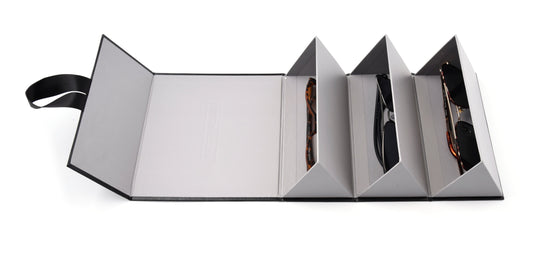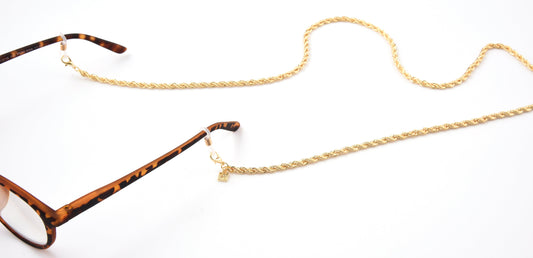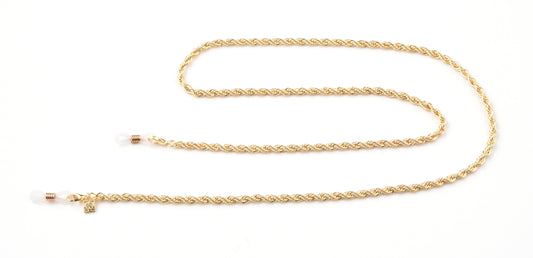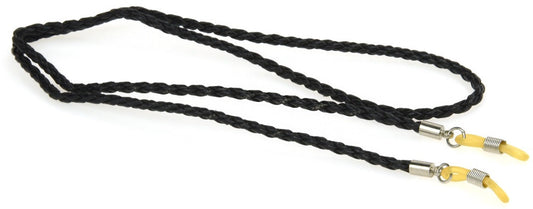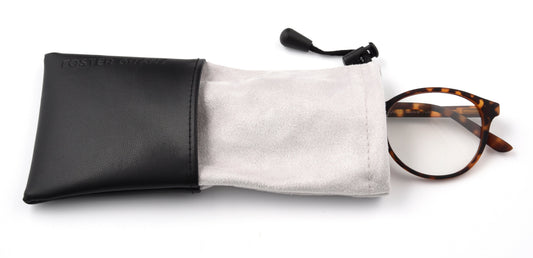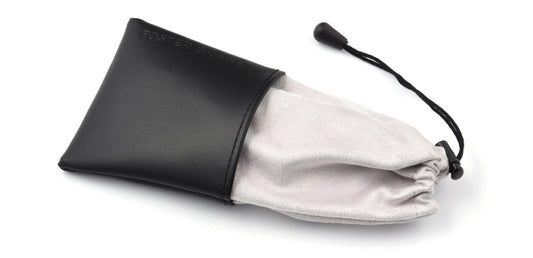The most important reason to wear sunglasses is to protect your eyes from the sun. Not all polarized and gradient lenses provide protection from the sun’s damaging ultraviolet (UV) rays.
Sunglasses should have a sticker or tag that indicates how much UV light they block. Look for a label with “100% UV protection”, “100% UVA-UVB protection” or “UV 400,” either of which means the lenses provide 100% UVA-UVB lens protection.
We have a wide selection of sunglasses for women, men, and kids. You can feel confident shopping with Foster Grant because all of our sunglasses, including polarized sunglasses, have 100% UVA-UVB lens protection and are scratch-resistant.
SOURCES:
- Which is better: Polarized or gradient sunglasses? All About Vision. March 2020.*
- Gradient lens tints for sunglasses. FramesDirect. Accessed February 2024.*
- Polarized sunglasses and LCD screens. All About Vision. March 2020.*
- The best polarized sunglasses for men and women. FramesDirect. Accessed February 2024.*
The sources listed here have been provided for informational purposes only. The citation of a particular source does not constitute an endorsement or approval of EssilorLuxottica products, services, or opinions by such source.
*Like Foster Grant, All About Vision, AAV Media, LLC, and FramesDirect are affiliates of EssilorLuxottica.
